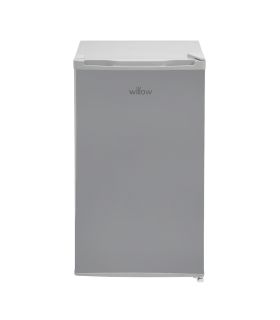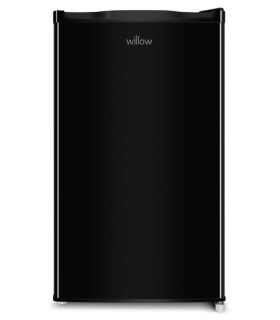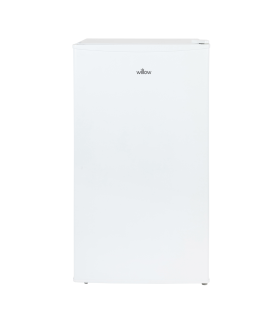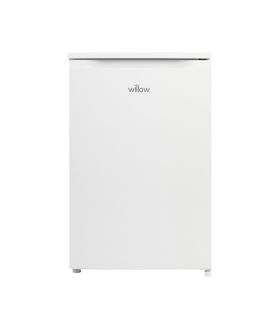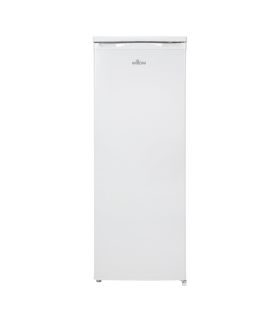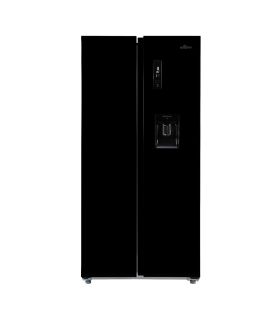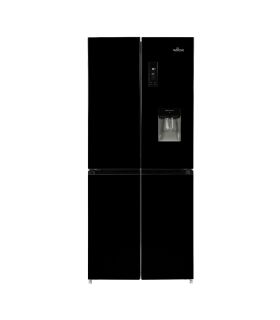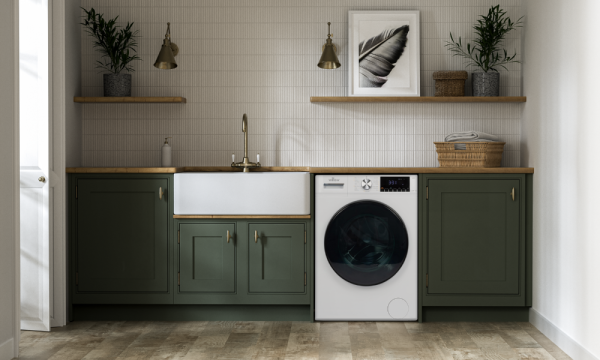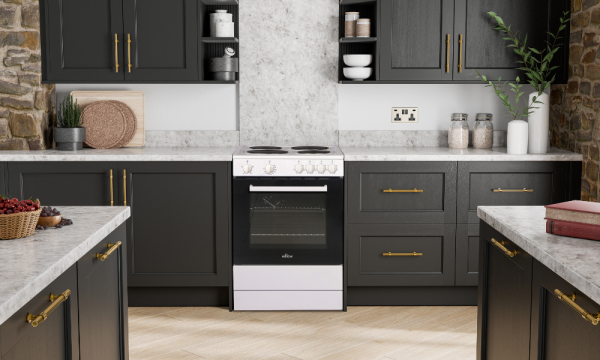There are many different types of fridges:
- Freestanding Fridges – Freestanding fridges are the most common in any kitchen. They can be easily installed anywhere that has sufficient space and a power source.
- Integrated Fridges – Integrated fridges are becoming increasingly more popular. They are built in as part of your kitchen design into a cupboard space.
- Under Counter Fridges – Under counter fridges are perfect for smaller spaces, they allow you to utilise any under counter space you may have without compromising on storage. Some under counter fridges also contain an ice box or a freezer compartment.
- Table Top Fridges – Table top fridges are the ideal solution for bedrooms, offices or camper vans. They are easy to manoeuvre and can be placed anywhere where there is a power source.
Which size fridge you need depends entirely on your budget, the size of your household and the space in which you will be storing it. The bigger your household, the bigger the fridge you’ll likely need. You will also need to consider how often you do a food shop. If you go weekly and like to stock up, then it is likely that you will need a bigger fridge. If you tend to do top-up shops throughout the week, then you may be content with a smaller fridge.
In order to get the most out of your fridge and keep your chilled food at its best, it is recommended that the temperature should be set to 5℃ or below. You may find that you need to adjust the temperature slightly based on the ambient temperature of the room it is being stored in.
When choosing your new fridge, you need to make sure that you have enough space for ventilation. To do this, you will need to measure the height, depth and width of the space that you have available and consider that you will need at least 2cm of ventilation around the appliance. You will also need to take into consideration the space required for opening the door.
After you receive your brand new fridge, you should leave it to settle for at least 4 hours. Once the sufficient time has passed, you can then plug the fridge in. You should then set the temperature using the thermostat and allow the fridge to cool down to safe temperatures before you place your food inside.
In order to remove bacteria, prevent mould and unwanted odours, it is recommended that you clean your fridge at least once every three months. As well as protecting the food stored inside, this also helps to prevent illness.
In order to clean your fridge efficiently you should take the following steps:
- Empty the fridge and ensure that all items are safely stored in another fridge or a cooler. Use this as an opportunity to check the expiration dates and throw away anything that won’t be used.
- Remove any drawers/accessories.
- Wipe away any leftover crumbs and bits of food with a microfibre cloth. Wipe down all of the shelves and the interior walls of the fridge with a cloth and warm, soapy water. Dry each section off with a clean microfibre cloth.
- Wash the drawers and any other removable elements in a sink of warm, soapy water. Dry off the drawers/accessories with a clean microfibre cloth.
- Clean the fridge drainage hole with a bottle brush and warm soapy water to remove any build-up. This should be at the back of the fridge. Dry the drainage hole off with a clean microfibre cloth.
- Clean the fridge seals using the crevice tool on your vacuum. You can also use a soft cloth that has been wrapped around a blunt knife and dipped in warm, soapy water to get further into the crevices. Repeat the process with a dry microfibre cloth to ensure that the seals are dry.
- Wipe down the door seal using a cloth and warm, soapy water to remove any accumulated food. Dry the seals with a clean, dry microfibre cloth.
- Allow each part of the fridge to dry before you reassemble it and place all of the food back inside.
Each area of a fridge has a different purpose. It’s important that you organise your fridge efficiently to ensure that food doesn’t spoil and there’s no bacteria spread.
- Top shelves – The top shelves are generally warmer than any of the lower ones. Here, you should place food that has already been cooked. This includes deli meats, leftovers and sandwiches. Dairy products like yoghurts and cheese can also be kept here.
- Bottom shelf – The bottom shelves are reserved for raw, uncooked food, especially meat and fish. By placing raw meats on the bottom shelf, there’s no risk of any juices dripping onto other foods. It also slows down any bacterial growth.
- Crisper drawers – Crisper drawers are the optimal place to store fruit and vegetables to help preserve their freshness.
- Door shelves – The door shelves are also one of the warmest areas of the fridge, so only items that are least likely to spoil should be kept here. This includes condiments and drinks.



